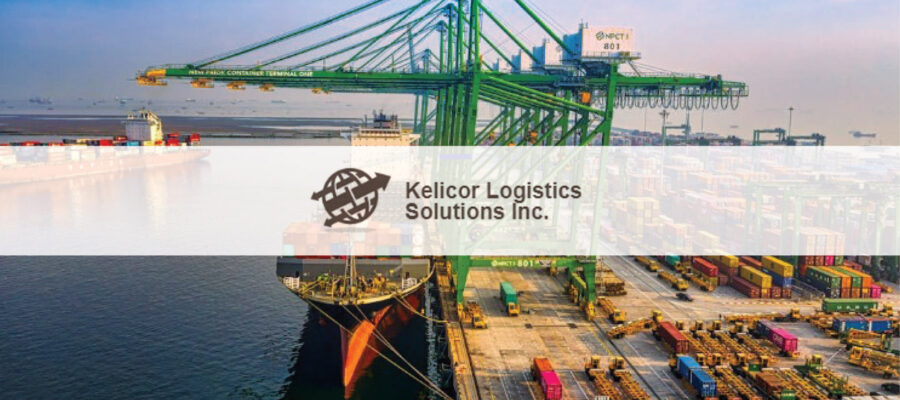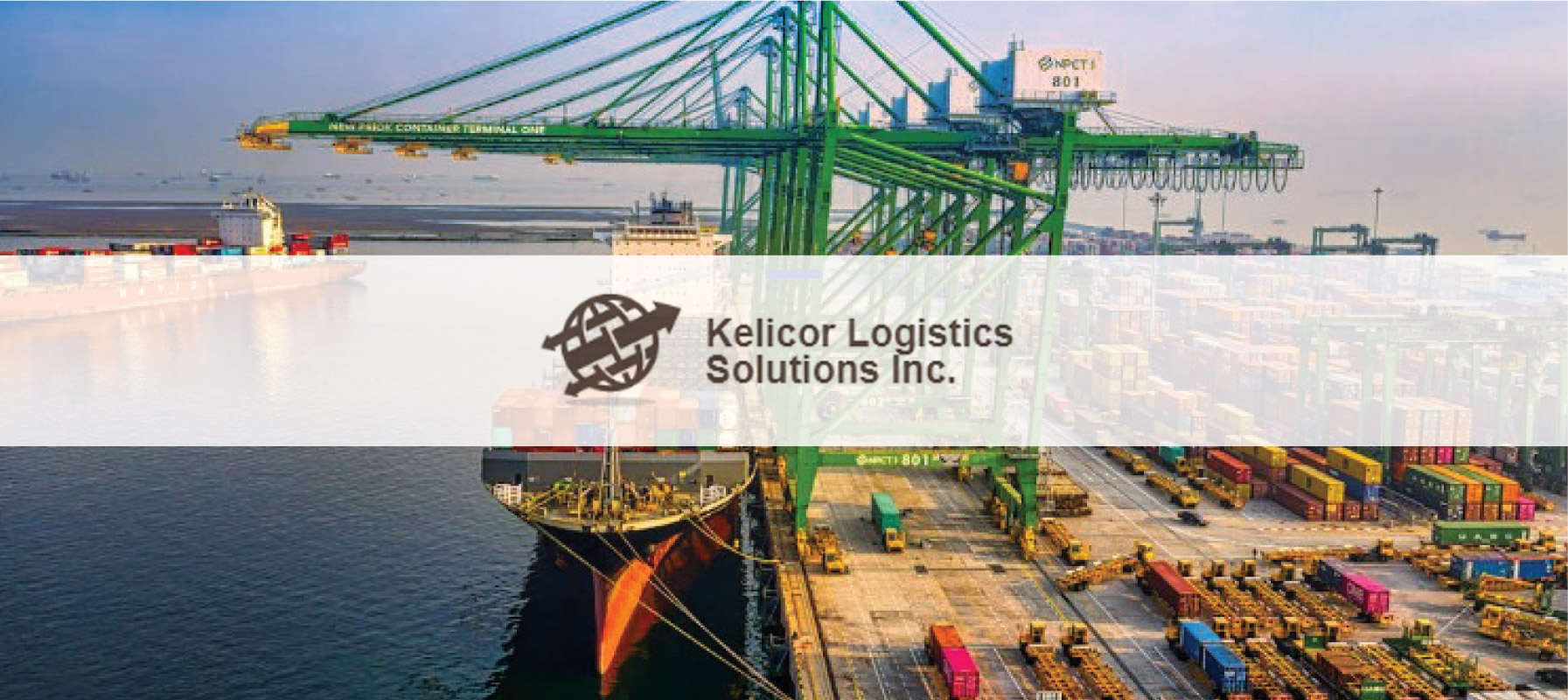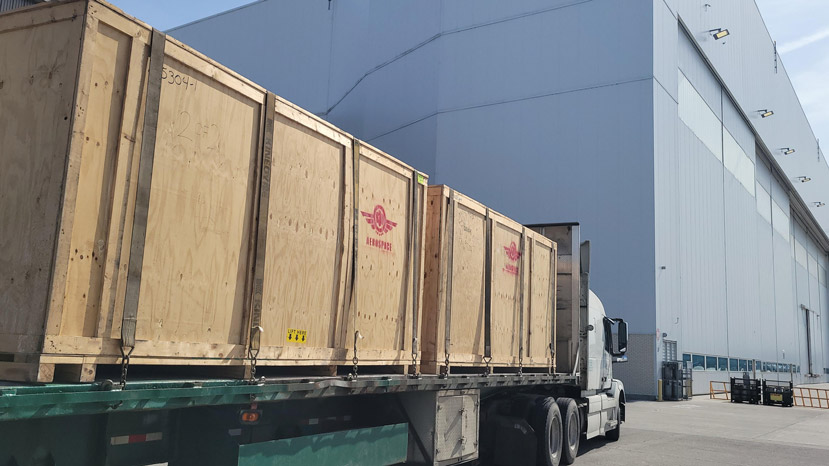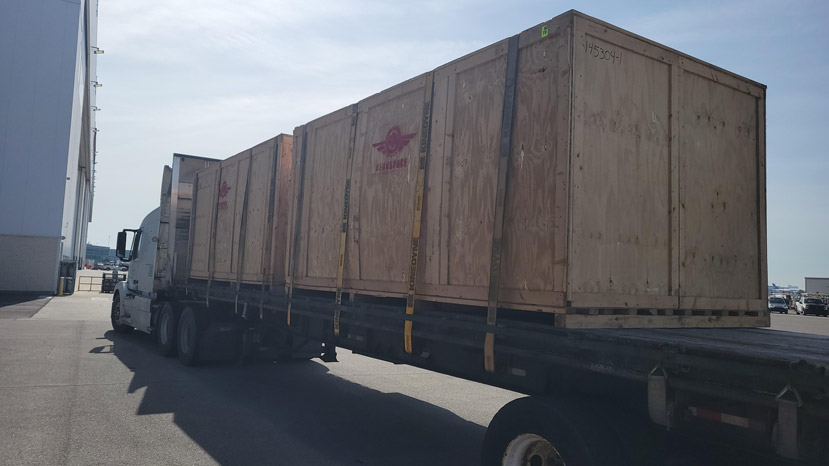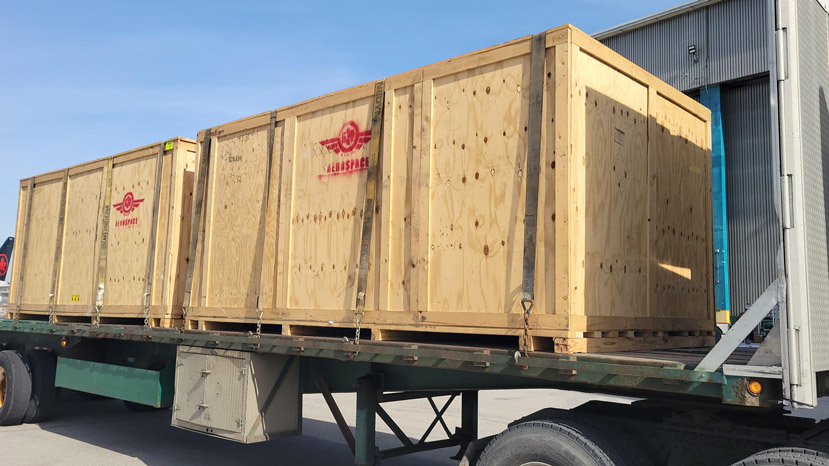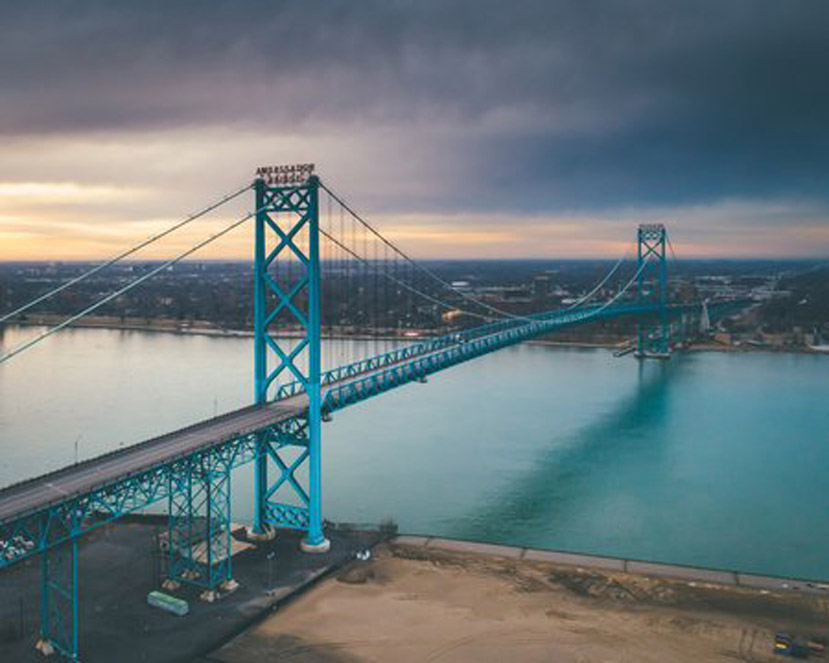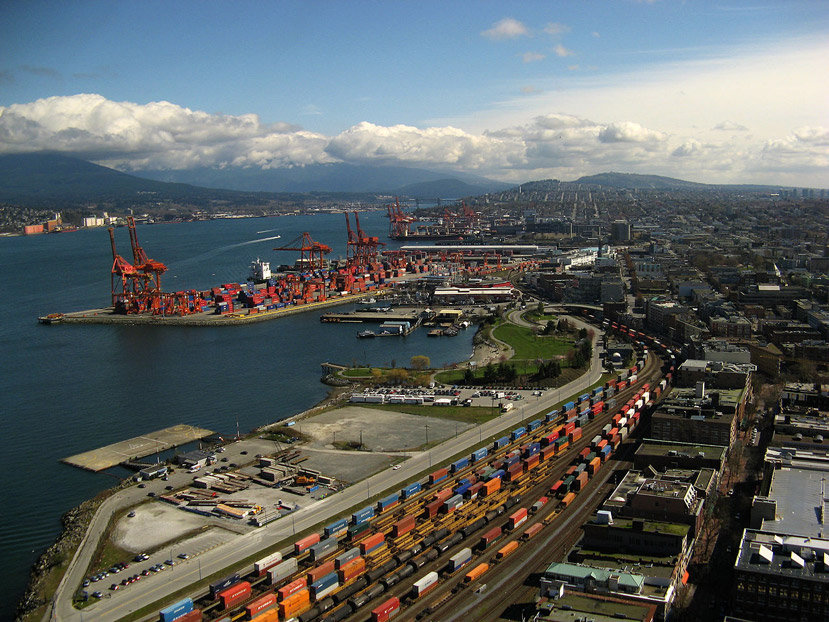Interview with
Mr. Colin Katz
Managing Director

First of all Colin, what can you tell our readers about the history and current ownership of Kelicor Logistics Solutions Inc.?
I emigrated to Vancouver, British Columbia (BC) back in 2001 from my native South Africa. After my arrival into Canada, I was fortunate enough to obtain employment with a large multinational freight forwarder. I spent the next sixteen years “learning the ropes”. When this multinational was gobbled up by another, even (now) larger company back in 2016, I decided the time was ripe to strike out on my own.
In July 2017, Kelicor Logistics Solutions Inc. (KLS) was born. Now I am proud to say that eight years on, we have representation in all of the bigger centres in Canada, including Calgary Alberta (AB), Montreal Québec(QC) and Toronto Ontario (ON). We remain headquartered in Vancouver BC, Canada’s gateway between Asia and North America.
Since our inception, I have taken on a business partner. Between the two of us, we share our expertise and vision for the company and hopefully provide our customers with as much of a client-centric experience as possible.
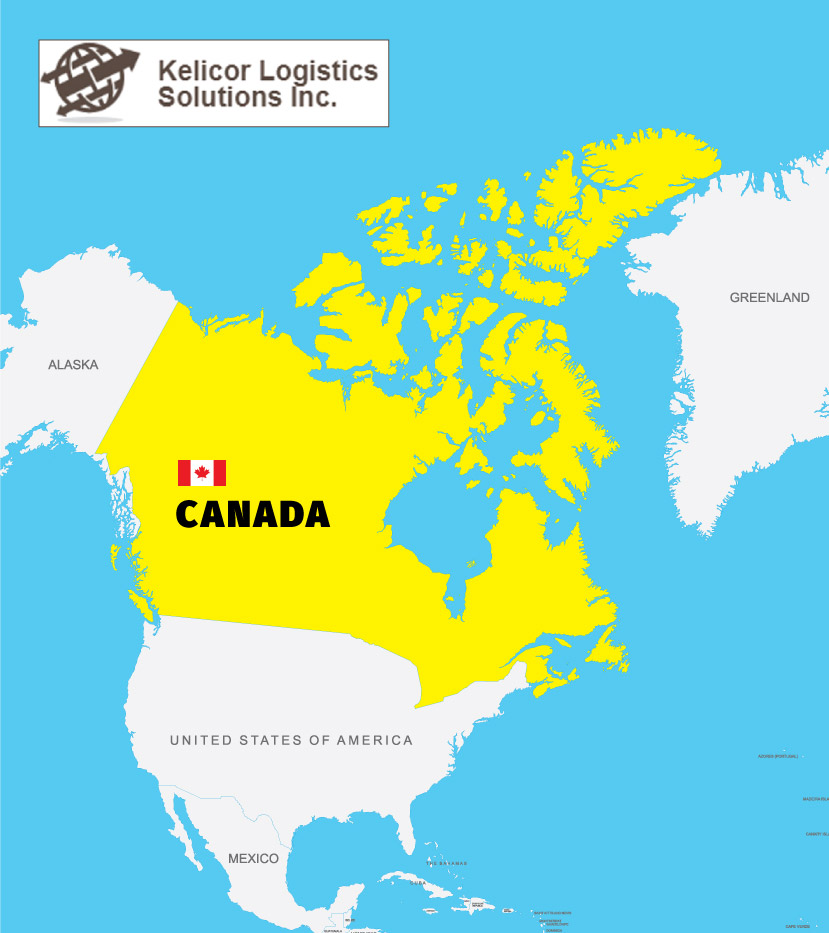
Where does the company name come from?
It is an amalgamation of my wife, daughter and son’s names.
I guess I do owe my family an apology of sorts though. In Canada, when choosing a business name, they allow you to propose three options.
My first two choices were shot down. Hence the name Kelicor Logistics Solutions Inc. for the bronze medal, but we’ve gotten used to it over the years!
Do you have experience in moving project cargoes? If you do, could you provide our readers with a couple of examples of cargoes you have moved?
As we compete in the Aerospace, Oil and Gas and Mining verticals, we often have the opportunity to move OOG high value cargo, by mostly either sea or air. We have done numerous moves of helicopter fuselages over the years. Most recently, we air freighted two giant aircraft engines and cowlings from YYZ-AMS, on behalf of a blue chip client.
Definitely our most daunting project up until now, was being retained to move an entire oil and gas facility ex the Province of Alberta down to the USA. This move utilised all possible modes of transportation and necessitated road surveys and escort cars.
The amount of pre-planning, attention to detail, budgetary considerations, and customs regulations, coupled with time constraints, make project cargo the most complex kind of transportation in the logistics industry.
Canada is a huge country. Inland transport can be over very long distances. Could you elaborate a bit for our readers on which ports to use generally if the destination is in the interior? How to reach Calgary for example? Edmonton? Please try and describe to our readers the size of your beautiful country?
For shipments destined to western parts of Canada, a steamship lines Trans-Pacific service would be utilised and in the Canadian context, terminate at either the ports of Vancouver BC or Prince Rupert BC.
There are two main intermodal players on the Canadian scene, both with very well developed infrastructure and tracks, which service Edmonton and Calgary AB (amongst other Canadian and USA destinations).
Shipments destined for eastern parts of Canada would typically utilise a steamship line’s Trans-Atlantic service and discharge at either the ports of Montreal QC, Halifax Nova Scotia (NS) or Saint John New Brunswick (NB). Once again, intermodal carriers would move the containers from Montreal QC for example to ICD Toronto, ON.
Remote northern Canadian territories often have a problem receiving goods during the winter, as 40% of Canada’s land mass is considered Arctic and Northern. These remote northern communities cannot be served by intermodal, as tracks do not extend that far north. They rely on ground transportation, with the so-called ice roads (built over lakes and rivers) being open from around January-March. Lately however, with warmer prevailing temperatures, the ice roads have become unstable during the Winter season, making fly-ins the only option.
Canada is the world’s second largest country. The country spans almost a whopping 10 million square kilometers. As an example, the country of Denmark (this example just came to me!) measures around 43,000 square kilometers. So Denmark would fit into Canada around 233 times. Our border with the USA is around 8900 km long.
From above, it can be seen that with these prohibitive distances, logistical challenges are present, but we are fortunate in that we have a highly developed infrastructure, which helps to negate these obstacles.
If the destination is in the interior, would customs clearance take place at the entry port or would it be at the ultimate destination?
It is mandated by CBSA (Canada Border Services Agency) that all imports clear customs at the first port of entry.
Competition, I take it, is fierce also in freight forwarding in Canada. What would you say constitute the advantages of Kelicor Logistics in the market?
There certainly is no lack of competition in the Canadian freight forwarding market! Let’s be honest: most freight forwarders offer the same services and to an extent similar pricing. I know this will not come as a surprise to any of your readers, but to try and separate yourself from the competition, the watchword is most definitely “SERVICE”…something which I am most passionate about and something which is often sorely lacking within our industry, by forwarders and service providers alike.
So this lack of service within the industry actually creates an opportunity. I am not saying we get it right all the time, but we are dedicated to making our customers the core of our business and in providing the most client \-centric experience possible.
It is an alarming statistic to note, that over 50% of customers will switch to a competitor after just one unsatisfactory experience, which makes a very good case for companies to prioritize exceptional customer service. Also very importantly, we put relationships first and realise the benefits of establishing mutually beneficial relationships. Customers are not numbers to be measured in revenue reports.
As we are a smaller, independent forwarder, we are not weighed down by red tape and bureaucratic slow decision making and inflexibility, as are many of the larger multinationals. We are agile and able to pivot quickly and effectively.
Some shipowners nowadays wish to cut out the freight forwarder in the logistics chain and do it all by themselves. What is your view on that? Will they be successful, and do you or have you faced sometimes that some shipowners are contacting your customer “behind your back”?
The trend of shipowners cutting out freight forwarders is certainly not a new phenomenon. Way back, when I first started in the industry it was commonplace for exporters with large volumes to go “liner direct.”
In recent years, and especially after the height of the pandemic years of 2020-2021 and as a result of skyrocketing container rates, some of the world’s largest shipowners embarked on numerous acquisitions and went on a purchasing spree, including air carriers, in order to cash in on the high rates.
It is a concern for us forwarders to have these industry “behemoths” trying to cut us out of the picture, and I believe that ultimately, we will have to fight hard for survival. The ongoing digitization of the supply chain won’t make things any easier for us, allowing customers to more easily bypass forwarders.
But I believe we still hold the key to survival and as mentioned above, again the keyword is “Service.” As long as the large shipowners keep outsourcing their service centers and provide substandard service, I believe we are here for the long haul. After all, we are the ones providing the expertise. Ultimately, shippers might lose access to this expertise by cutting out us middlemen.
In short, I do not believe that these large shipowners will be successful in providing end-to-end logistics solutions to customers, owing entirely to their lack of client centricity.
We have not been affected up until now by shipowners contacting our clients “behind our backs.” The soliciting of clients is a real no go area in the industry, and so far so good in that respect!
What are the main trading partners of Canada worldwide nowadays? And is there a particular area of the world that you focus on as a freight forwarder or are you “global”?
Our main trading partner by far is our neighbour to the south, who accounts for 76% of our total exports and 62% of our imports. Quite a remarkable figure!
The Ambassador bridge between Windsor ON and Detroit Michigan, USA has an average of 8,000 trucks per day crossing the border, with a commercial goods value of CAD 3.6 billion per day. Our next best trading partners are China, The UK, Japan and Mexico. By comparison with the USA, China has only 4.6% of our exports and around 10% of our imports.
We service various verticals around the world, including Aerospace, Mining, Pharma and Healthcare, Oil and Gas and Fashion.
We are particularly strong in the mining space and have regular shipments to the African, South American and Australian continents.
We have a network of strong, dedicated agents all over the globe, so we have access to most ports and airports around the world.
How do you view this year of 2025 with still 9 months to go?
This is a tough one with so much going on in the world right now. The biggest concern to Canadian importers and exporters is the substantial new tariffs that have been (and will be) levied on a multitude of products by the USA. The tariffs will increase costs for many importers and exporters, and economists are predicting inflation to rise and possibly a stagflation scenario to arise.
Shippers are in a difficult position right now, as the rules of the game keep changing and it’s tough to make decisions on supply chains.
The situation with the Red Sea Crisis has not yet resolved itself. We still have vessels re-routed around the Cape of Good Hope, leading to longer transit times and and higher prices, which at present are almost double from pre-crisis levels.
Some light at the end of the tunnel though, as we did see some downward pressure on ocean rates towards the end of March 2025 and have not seen any GRI’s announced yet for April or May.
The landed cost of imported products will of course increase, owing to the new tariffs being imposed, but will hopefully be offset somewhat by the lower ocean rates.
Also, we will have to see how increased automation and AI play their role in 2025. No doubt they are revolutionizing logistics and it remains to be seen how AI tools will be at the core of freight forwarding.
2025 will no doubt bring with it challenges, but as in past years and especially through the pandemic years, we just have to carry on being agile, proactive and not only survive, but also to thrive.
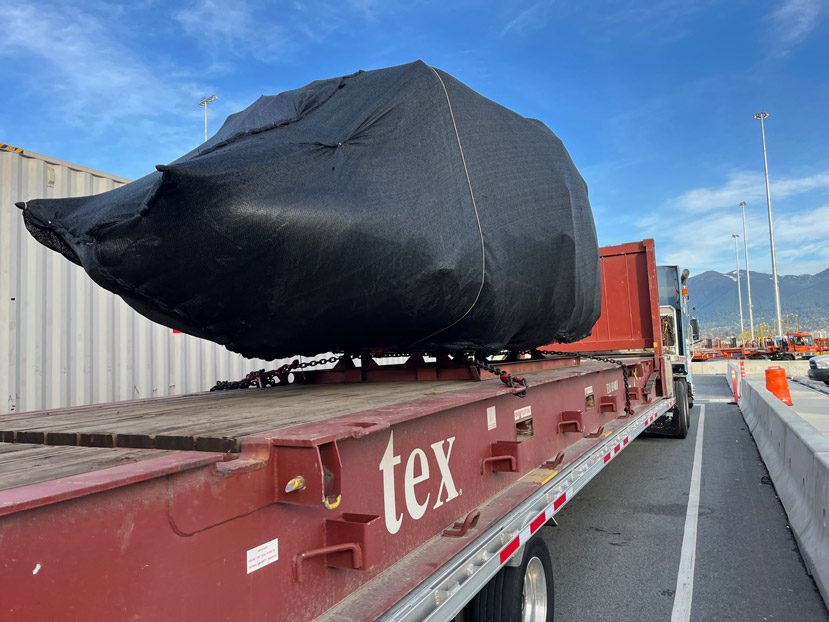
How did you get into freight forwarding yourself? What is the story behind it?
After completion of my tertiary education in South Africa and having completed two years National Service (conscription) in the South African Defence Force, I found myself embarking on a career in the retail fashion industry (definitely prepared me for the long hours of a freight forwarder!).
The company I was working for went into bankruptcy (I don’t think I was to blame…at least that’s my story), and I found myself looking for a job and hoping for a change of direction. A friend of mine suggested I apply for a job at his freight forwarding company in Cape Town, and the rest, as they say, is history: 28 years later and still going strong.
How would it be best for our readers to get in touch with you?
I can be reached by e-mail: info@kelicorlogistics.com or colin@kelicorlogistics.com, by telephone + 1 604 2771418 (office) or on Whatsapp +1 604 2202319.
Readers are most welcome to peruse our website www.kelicorlogistics.com and to contact me at any time…happy to help and no obligation on anyone’s part.
With old age comes insomnia which is quite a valuable tool for a freight forwarder. So I can often be found online at very odd hours of the morning. You are likely to get a reply from me at 1 or 2 am PST.


